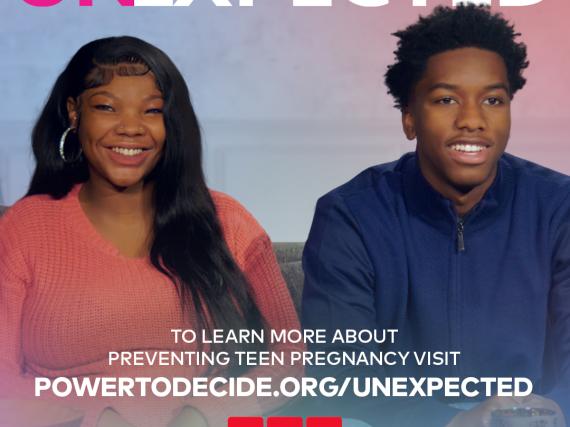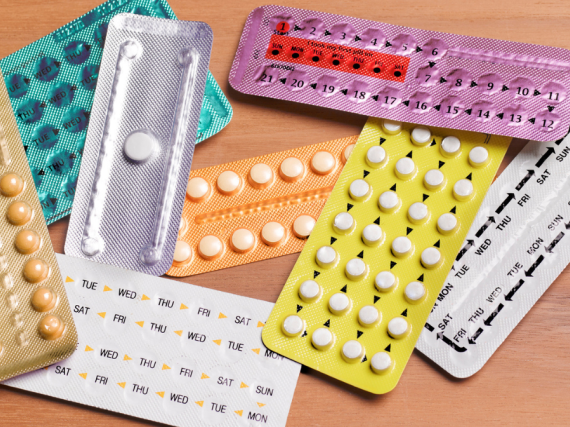September 2020: Power Updates Edition
There are plenty of articles, publications, and stories published every month. In an effort to help you distinguish fact from fiction, save time in your already busy day, and share news you may not have otherwise seen, here are seven stories from the last month we thought you might find interesting:
Birth Control
Contraceptive Use Among Women With Medical Conditions: Factors That Influence Method Choice
This study looked at the birth control choices of women with pre-existing medical conditions who received contraceptive counseling from a complex family planning specialist. It found that the women most commonly began using a method of birth control to avoid pregnancy in the immediate future and chose their method based on its safety. The study participants were highly influenced by their specialist’s recommendations compared to a primary care provider, friend, or family member recommendation.
Pregnancy and Birth
Understanding the Differences in Pregnancy and Birth Rates for Black and White Teens
While the teen birth rate in the US has dropped 72% since 1991, large disparities still remain among racial/ethnic groups when assessing national data. This study examined the pregnancy and birth rate among white and Black teens of low income age 15-17 in Louisiana. By comparing two groups of teens of similar socioeconomic status and age, it was found that differences between white and Black teens were less apparent. There was no significant difference in birth rates among the two groups, but there was a significantly higher rate of teen pregnancy among white teens in comparison to Black teens. It is suggested that one possible explanation for the difference in pregnancy rate (vs. no difference in actual birth rate) may be access to abortion.
Age is More Than a Number: High Infant Mortality Among Births to Teen Mothers
In this opinion piece, Guttmacher’s Vice President for Research, Aletha Akers, writes of her experiences as an OB-GYN and the teen mothers she saw in her practice. She writes, “When I think about teens whose pregnancies I managed and whose babies I delivered, I cannot help but think about the many ways our systems failed them.” Akers suggests six steps that can be taken to reduce the infant mortality rate in teenage births.
Sexual and Reproductive Health
Direct to Consumer Telemedicine: Is Health Care From Home Best?
The authors found 21 companies offering direct-to-consumer medications with no prior provider-patient relationship (as would be found in a telehealth visit with an existing primary care provider, for example). They analyzed the services offered, cost, and methods to obtain a prescription for each of these companies to better understand the pros and cons of such services. Though the authors concluded that direct-to-consumer telehealth care has advantages such as improved access, potentially lower costs, and convenience, they also note several important concerns the largest of which is the lack of provider-patient relationship. The authors note that this can lead to a lack of follow-up and insufficient monitoring required for certain conditions and treatments.
2021 and Beyond: Key Federal Sexual and Reproductive Health Issues
This article tracks who could be impacted by policy decisions in the area of sexual and reproductive health in 2021. The authors call out nine groups, and detail how each may be impacted and why it matters. The groups are:
- People who use public health insurance programs such as Medicaid.
- People who use birth control.
- People who wish to have an abortion.
- People who need maternal health care.
- People around the world who depend on US foreign assistance.
- People who identify as LGBTQ.
- Black, Native, and other people of color.
- Young people.
- Immigrants.
Youth Risk Behavior Surveillance—United States, 2019
This survey, which is conducted every two years, found that while more young people are using birth control, large disparities still remain among young people of color. The survey also found that 89.7% of youth reported using some form of contraception the last time they had intercourse. Additionally, condom use increased with 54.3% of youth reporting using a condom, as compared to 53.8% in 2017.
Unfortunately, the survey also found that using no method to prevent an unplanned pregnancy was more common among Black youth (23.2%) and Hispanic youth (12.8%) compared to their white counterparts (6.8%).
With input from more than 1,000 sexually active young people age 15-24, this scale represents a new way to assess how empowered young people feel around their sexual and reproductive health. Intended for a wide variety of users, such as researchers, clinicians, and other health providers, the scale measures items such as comfort talking to a partner, feelings of sexual safety, sense of future, and sexual pleasure.



